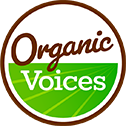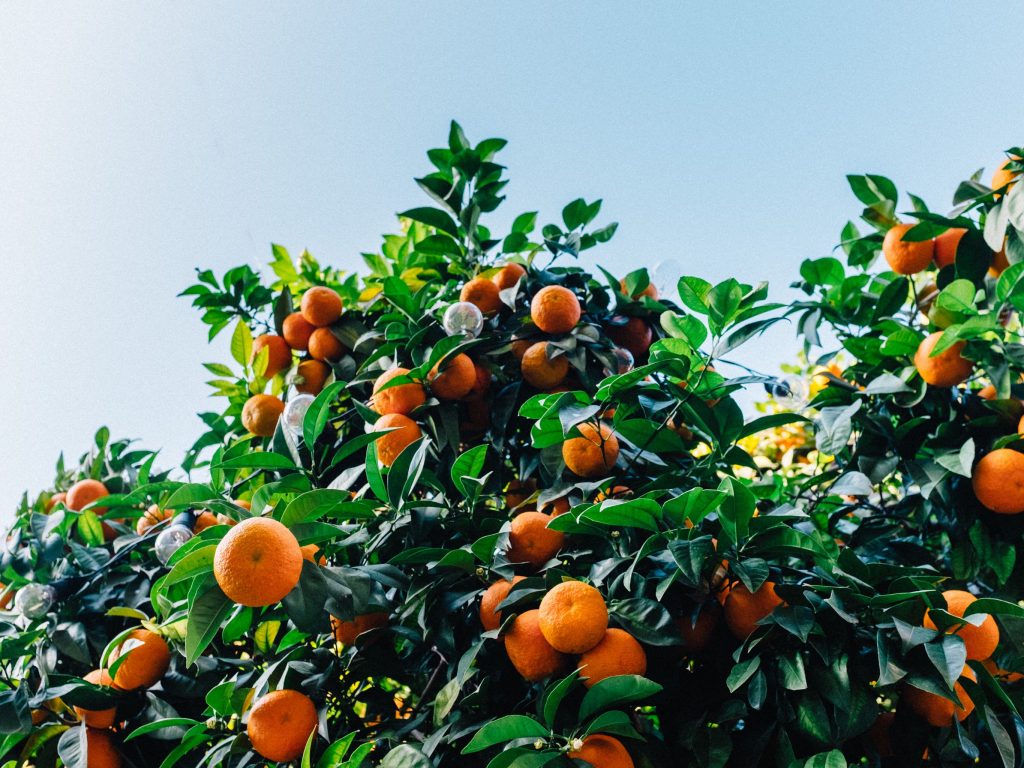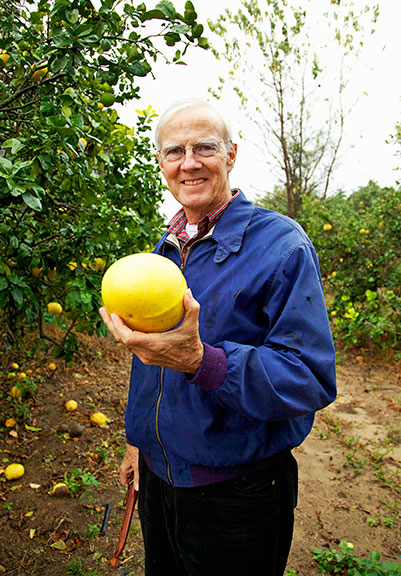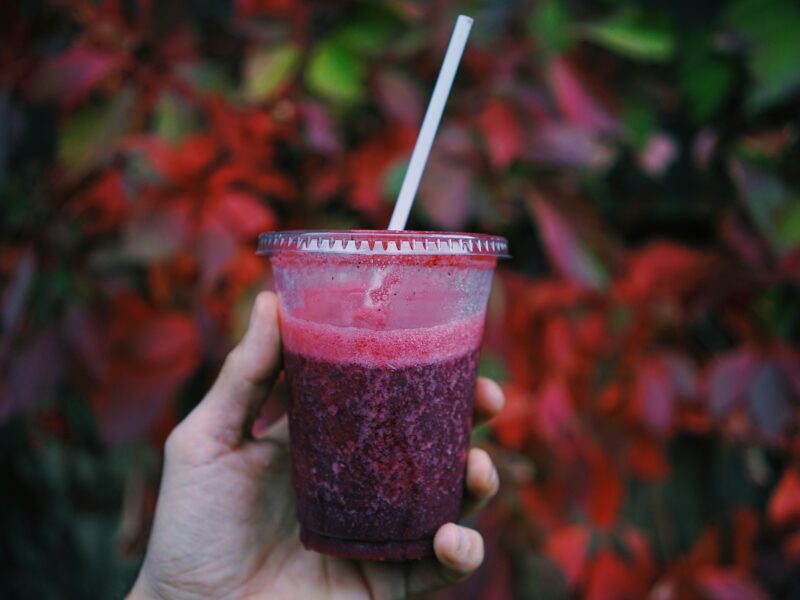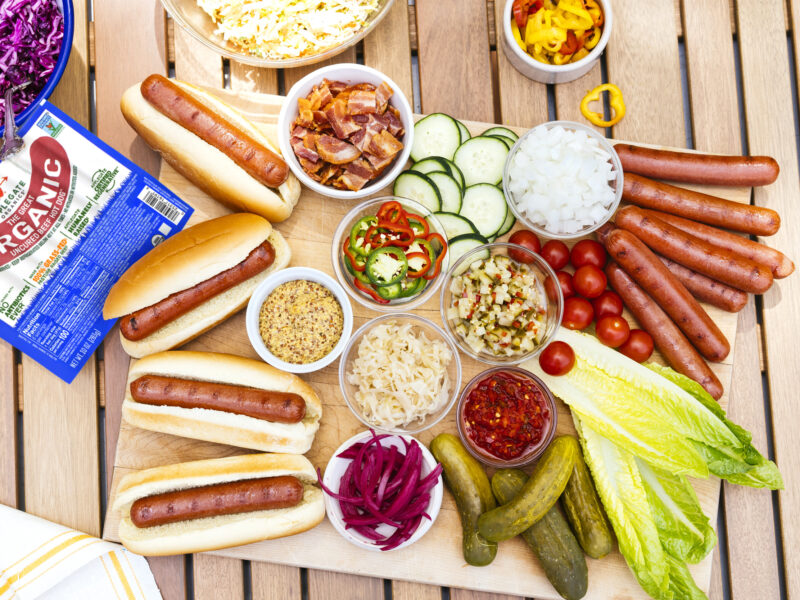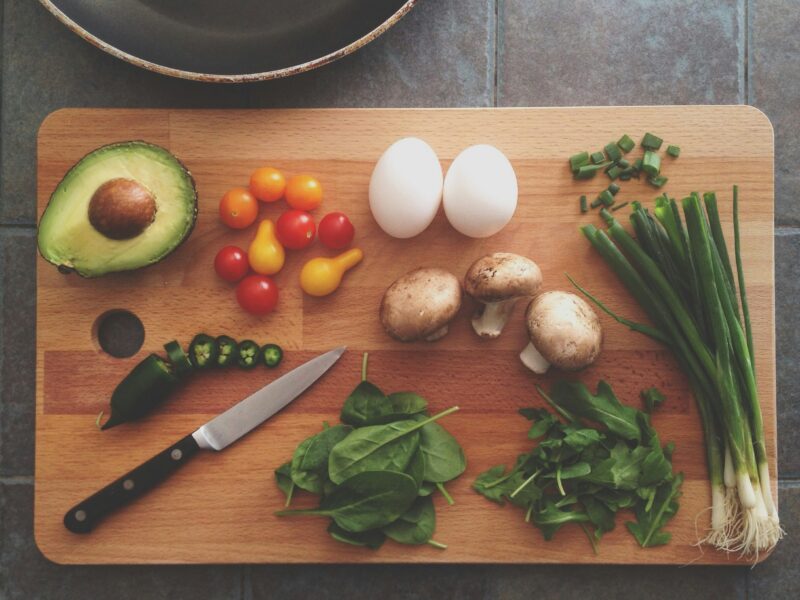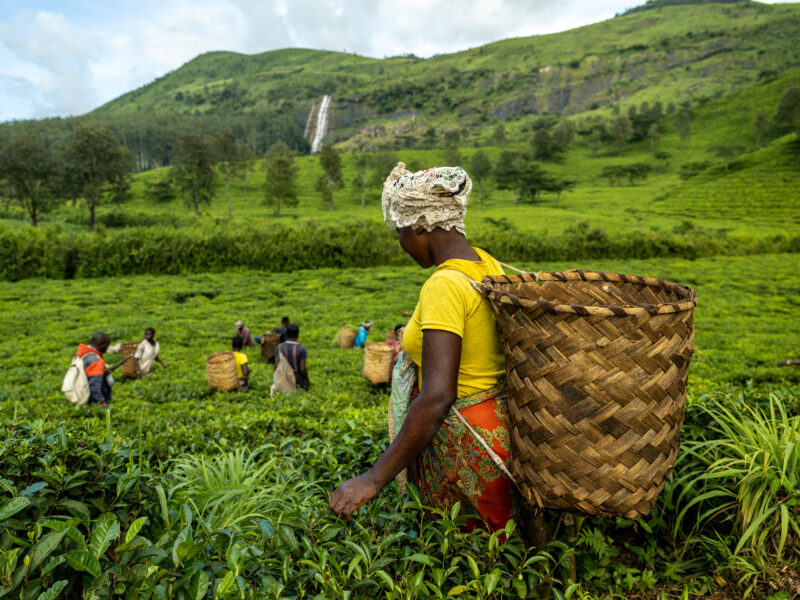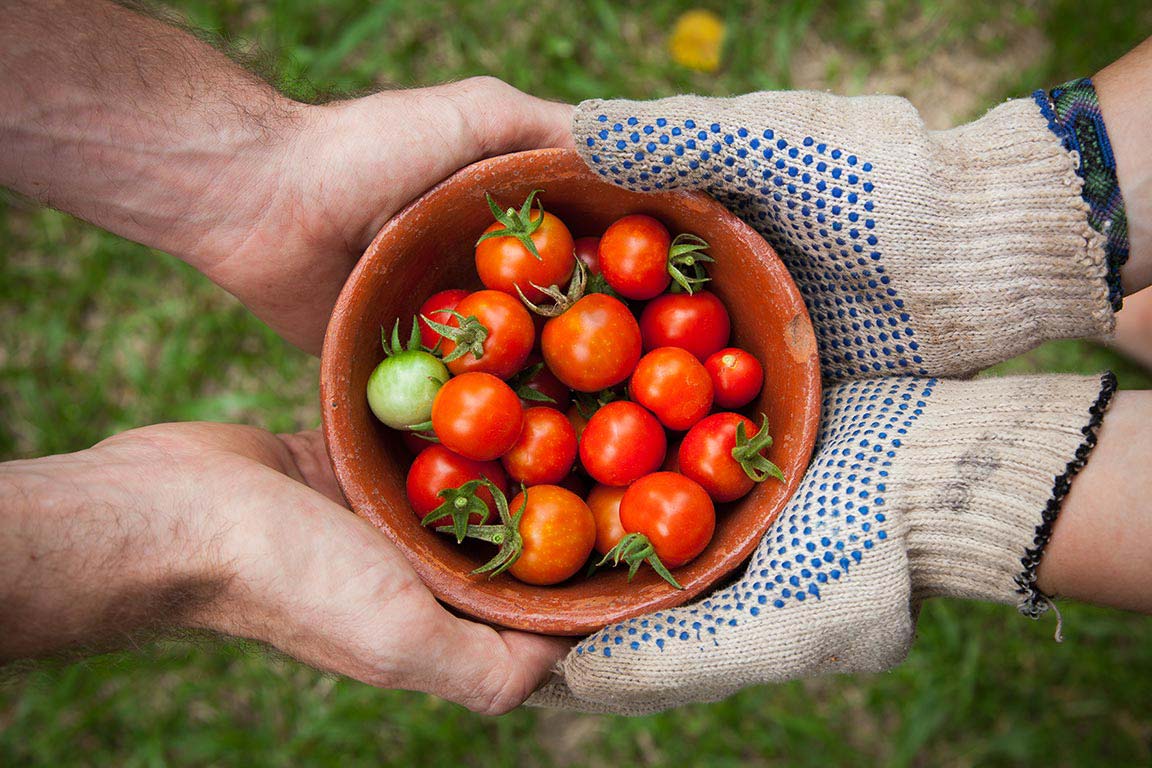A Day in the Life of an Organic Citrus Grower
Groves, Growing, and What I Hope to Leave My Grandchildren
By Benny McLean
What’s it like to be an organic citrus grower? We sat down with Benny McLean, production manager at Uncle Matt’s Organic and Uncle Matt’s father, to find out. Benny has been a part of the citrus industry for almost 50 years, and has been an organic citrus grower for nearly a decade and a half. Here’s what this farmer had to say about life in the groves…
When I leave my house in the morning, I always drive through my favorite grapefruit grove.
~ Benny McLean
A GROWER’S MORNING ROUTINE
I live in a citrus grove and I have grapefruit trees planted there. When I leave my house in the morning, I always drive through my favorite grapefruit grove. I’ll look at the trees and ask myself questions like, “Do I have a good bloom?” “Do I have leaf drop?” “Do I see any bugs in there that could cause a problem?” It’s a daily habit for me, like getting up in the morning and eating breakfast. And the answers are out there: in the grove. All I have to do is ride the grove and the grove will tell me if there’s a problem. My dad used to say that the rising sun has the highest amount of beneficial rays for anything that grows in the soil, so if you’re going to find a problem, you’ll find it then.
FERTILIZING, FUNGUS, AND FLYERS
As an organic grower, I don’t use synthetic pesticides or fertilizers in our farm program, so observation becomes that much more important. For example, if a grove is in need of fertilizer, it will tell you by the color of the leaf. I look for discoloration in the old flush [leaves] and discoloration in the new flush. When a tree is off-color, it might be because the trees are running low on potassium or nitrogen. Under that scenario, I’ll pull leaf samples to be analyzed and compare the lab results with what I observe. Weather patterns and leaf analysis will determine when to apply our organic fertilizer program.
In springtime, my day will also include assessing the fungus situation in the grove and its effect on the trees and fruit. At this time of year, we’re mainly concerned with Scab, Alternaria, and Melanose. While harmless, these three conditions can prove unsightly and can knock our fruit out of grade at the packing house. In order to boost revenue from a grove, you need a high pack-out per acre. If we find these conditions in our groves, we’ll apply organic fungicides, like beneficial bacteria, to help remedy the situation.
Pests don’t really become a problem for us until May or June. We do have a little pest called a “rust mite.” It’s very small, but it will put a scar on the peel that will cause the graders down at the packing house to reject it. It has nothing to do with the flavor or nutritional quality of the fruit, but the rust mite scars the fruit’s appearance.
WEEDS GOING WILD
During the summer months, rain patterns in Florida really help things grow –– including weeds. We get a lot of questions from other growers about how we control weeds since we don’t use synthetic herbicides. Honestly, we don’t obsess over weeds. Granted, we don’t want them growing too close to the irrigation microjet emitters, so in all our groves, we’ll use weed-eaters and in-and-out mowers for weed control, as well as good, old-fashioned hand labor. Growing up, harvesting labor crews would have come in with hoes, and saws, and clippers and they’d cut the vines and hoe up the bad weeds and all of that. They’d work through the hot, Florida summer. Yet, some of today’s farmers don’t even know what a hoe is. Their only reaction is to spray weeds with herbicides.
My father always told me you have to look at it two ways. He said if you got an orange tree growing in your yard and you have beautiful St. Augustine grass growing under the orange tree, you could say, “Oh my, that orange tree is getting all the fertilizer and water from my beautiful grass, so I’ve got to do something about that orange tree.” The next guy comes by and says, “Oh my, that grass is taking all the fertilizer and water away from the orange tree. I’ve got to do something about that grass.” My dad would say, “You know what? They’re compatible. They exist with each other. They get along.” The exception would be what we call a “reset,” such as a small one-year old tree. It’s then that the weeds are a major problem. But a mature tree actually produces shade that doesn’t allow for weeds to grow well under its canopy anyway.
FRUIT PICKIN’ TIME
In late fall, when harvest is right around the corner, I begin to look for signs of fruit maturity. There are state-mandated maturity guidelines for harvesting based on minimum levels of brix [fruit sugar], juice, and ratio. Until the fruit meets all three of these criteria, we can’t pick it. Every variety has its own standards. After meeting the maturity levels, we’ll look at size because there are minimum size requirements as well. So, you’ll find us out in the groves with our calipers measuring fruit size as harvest time (November through May for various varieties), gets closer.
What’s funny is that it’s the buyer who decides what the right size is. The fruit falls into five different categories, with one being too small and the other, too large. So, it’s the middle three sizes that a buyer typically wants. The homemaker doesn’t have a choice when going to the supermarket. When I give grove tours, many women will see some of my biggest grapefruit and ask why they can’t buy that in the store. Well, now you know!
BEING A DIE-HARD ORGANIC FARMER
At the end of the day, I love growing organically. I have eleven beautiful grandkids and I know I am creating something worthwhile for their longtime health if they are going to eat citrus. I believe I am educating them on how to read the label, so to speak. They can make intelligent food choices based on the knowledge of how a food was grown, how it was processed and how it was stored. I know what it is to be a conventional farmer, and I know the difference eating organic can make in your health. As long as I have a choice, I’ll never go back with all that I’ve learned and observed over the past 14 years of being an organic farmer. I believe that organic is the better choice.
A Quick Q&A with “Papaw” McLean
UM: What’s your favorite citrus variety?
Papaw: Ruby Red Grapefruit
UM: What’s your favorite tractor?
Papaw: A big green one with citrus implements
UM: How do you like your grapefruit eaten?
Papaw: “Sectionized.”
UM: Favorite breakfast?
Papaw: Fresh organic grapefruit from my grove, 4 ounces of cottage cheese, and a handful of raw organic almonds
UM: What legacy do you want to leave your grandkids?
Papaw: I want them to understand that it’s the three L’s. #1: You got to love life. #2 You’ve got to love the land. #3 You’ve got to love the Lord. And if you can understand those three principles, you’ll carry this legacy onto the next generation.
UM: In your opinion, what’s the best reason for someone to try organic for the first time?
Papaw: I know that organic is a healthier source of citrus juice –– orange, tangerine, grapefruit. I know that it has a higher antioxidant level than any of the other juices. If you’re going to drink orange juice because it’s healthy, then choose the healthiest one.
Photo credit: McLean Photography
